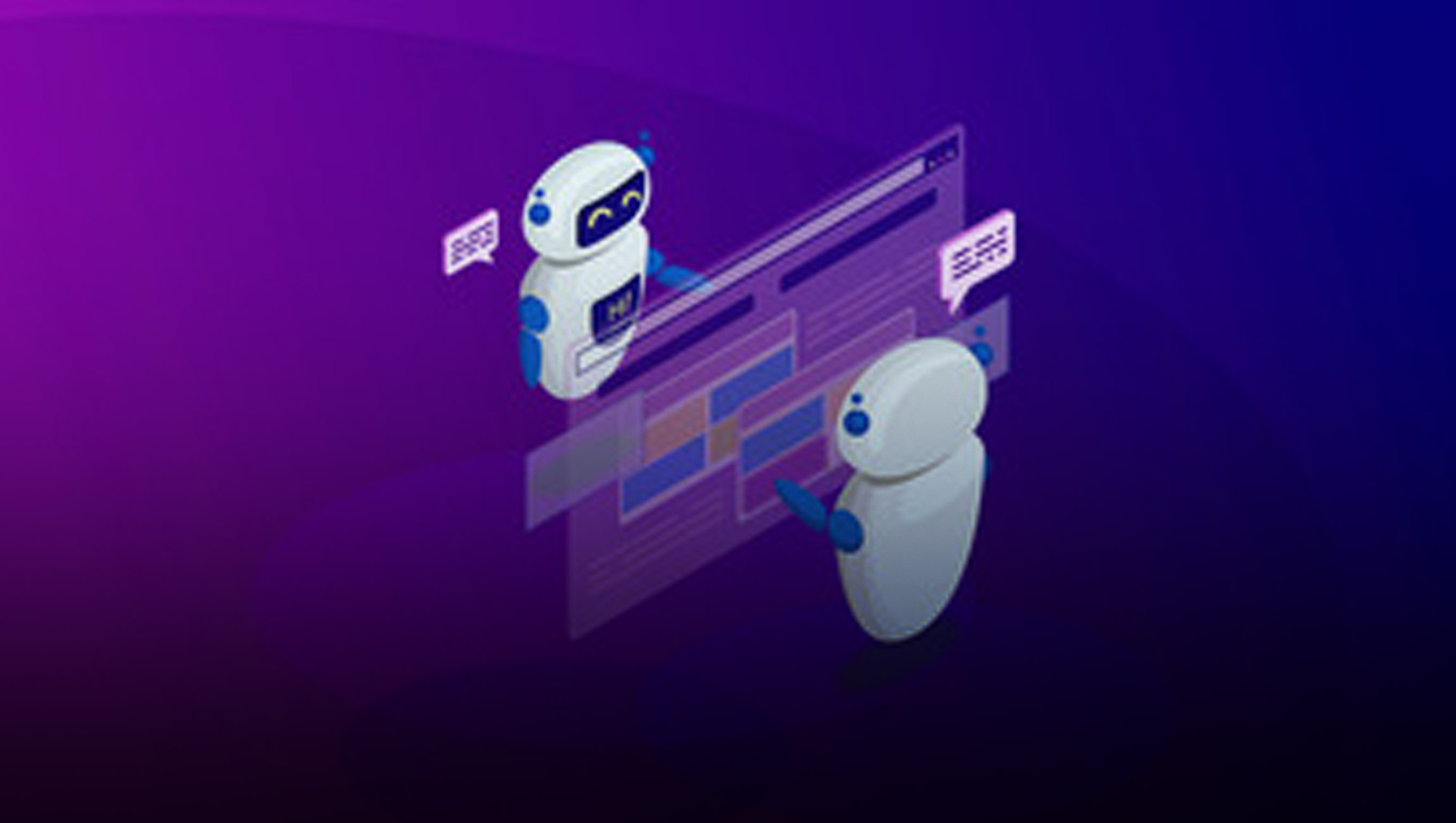character ai has long been the fascination of the scientific community and the bedrock of countless science fiction tales. While much of the conversation around AI centers on its more utilitarian applications—like improving efficiency in business or predicting the weather—it's equally exciting to explore the cutting-edge technology that's bringing fictional characters to life.
In this in-depth look at character AI, we'll dissect the methods, ethics, and potential future developments in this burgeoning field, examining how it's reshaping creative storytelling and the entertainment industry as a whole.
The Anatomy of Character AI
Creating AI characters might sound like an endeavor reserved for big-budget Hollywood blockbusters, but the underlying technology is becoming more accessible and sophisticated. It involves a complex blend of AI subfields, such as natural language processing (NLP), computer vision, and machine learning, to imbue virtual beings with the ability to think, feel, and react like real people.
At the core of character AI lies the understanding of human emotions and natural interaction. AI must be able to comprehend and replicate nonverbal cues like body language, tone of voice, and facial expressions. This multi-sensory insight is what contributes to the "believability" of an AI character and facilitates meaningful engagement in storytelling.

NLP and Emotional Intelligence
NLP for character AI involves the processing and interpretation of human language. By training AI models to decode linguistic nuances indicative of emotion, intent, and personality, developers can create characters that engage in dynamic conversations that adapt to a player's input.
The emotional intelligence of AI characters is underpinned by sentiment analysis and affective computing, enabling them to express and react to a diverse range of feelings. This subtle interplay between language and emotion is a significant stride in the quest for AI that can authentically mimic human social interaction.
Computer Vision for Character Recognition
Computer vision is the AI subfield that allows machines to interpret and categorize visual information. When applied to character AI, this means enabling virtual characters to "see" and react to the player's actions through a camera or game interface.
Sophisticated computer vision models can recognize gestures, body posture, and even micro-expressions, which are invaluable for understanding the player's behavior and providing the appropriate response. A well-executed character AI with computer vision capabilities can make the interaction feel incredibly natural and immersive.
Ethics and Challenges
The development of character AI is not without its moral and technical challenges. There are significant ethical considerations that arise from the creation of AI characters, particularly in terms of representation and the potential for manipulation.
Diversity and Inclusivity
One of the most pressing issues is ensuring that AI characters are diverse and reflective of the audiences they engage with. Just as human representation in media and entertainment is a growing concern, the same standards must be applied to virtual beings. This includes considering race, gender, and other aspects of identity when designing and scripting AI characters.
Psychological Impact and Manipulation
The potential for AI characters to influence and manipulate human behavior is a real and concerning aspect of their development. AI with advanced emotional manipulation capabilities could be used in nefarious ways, from targeted advertising to political propaganda. It's crucial to establish ethical guidelines and safeguards to prevent such uses of character AI.
Future Horizons
As AI technology continues to evolve, the horizon for character AI is rich with possibility. With developments in machine learning and the rapid growth of data resources, we can anticipate AI characters that are even more complex and responsive.
Conversational and Emotional Realism
We can expect character AI to attain unprecedented levels of conversation and emotional realism. This could lead to a new era of interactive storytelling, with characters dynamically reacting to a player's choices in ways that are both emotionally resonant and narratively compelling.
Personal AI Companions
The ultimate frontier in character AI may be the creation of personal AI companions—entities designed to form deep, personal connections with individuals. Such AI could act as mentors, confidants, or even friends, enhancing lives in ways previously only dreamed of in fiction.
Character AI is at the intersection of AI technology and creative expression, promising a future where the line between reality and fiction is increasingly blurred. The potential for character AI to revolutionize not just storytelling, but also our personal interactions and emotional experiences, is vast and thrilling.
While there are challenges and ethical considerations to address, it's clear that this branch of AI has the power to captivate our imagination and challenge our understanding of what it means to be human. As we continue to push the boundaries of technological possibility, the day may not be far off when we find ourselves forging genuine connections with AI characters, just like those in our favorite novels and films.